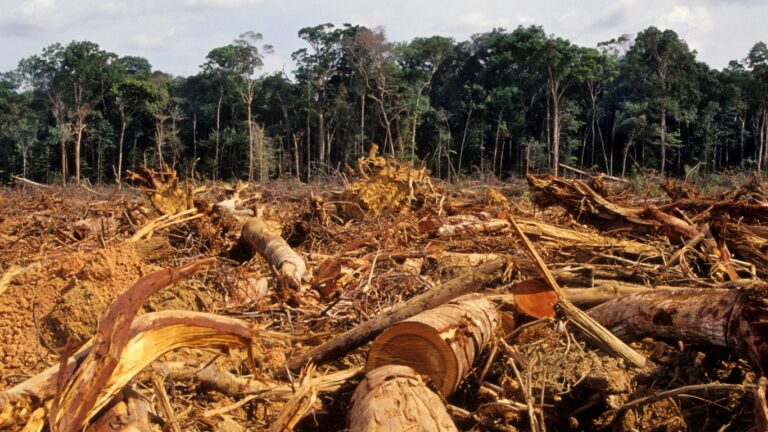The Arctic Is On Fire According To New Report

Bloomberg has published a report on the places where wildfires are burning carbon deposits and causing unprecedented greenhouse gas emissions. Two areas are unexpected because they are in areas of the globe that are usually very cold: Siberia and northern Canada.
Bloomberg reports, “What sets these fires apart is their tendency to move below ground into carbon-rich soil layers. While wildfires generally flame upwards — quickly consuming forest and grassland — the increasingly intense blazes of recent years move downward, where they smolder flamelessly below the surface, consuming layers of organic material.”
Canada’s Fires
A case in point is the fires in eastern Canada. Climatecrisis247 has its offices in New York. In June 2023, America’s largest city was blanketed with smoke. City residents used masks, many of which they bought to protect themselves during the early days of the COVID-19 pandemic, to screen out smoke like that which often descends on the largest cities of India and China. There were warnings that this smoke would return as the fires worsened again.
Canadian wildfire smoke returned again last month, although it was not as thick as the June 2023 smoke. The Canadian wildfires are expected to burn for decades. The US has huge wildfires of its own.
Smoke In New York
New Yorkers will have to prepare for summer after summer, with higher temperatures. It is the new normal.
Sponsor
Find a Vetted Financial Advisor
- Finding a fiduciary financial advisor doesn't have to be hard. SmartAsset's free tool matches you with up to 3 financial advisors that serve your area in 5 minutes.
- Each advisor has been vetted by SmartAsset and is held to a fiduciary standard to act in your best interests. Get on the path toward achieving your financial goals!






